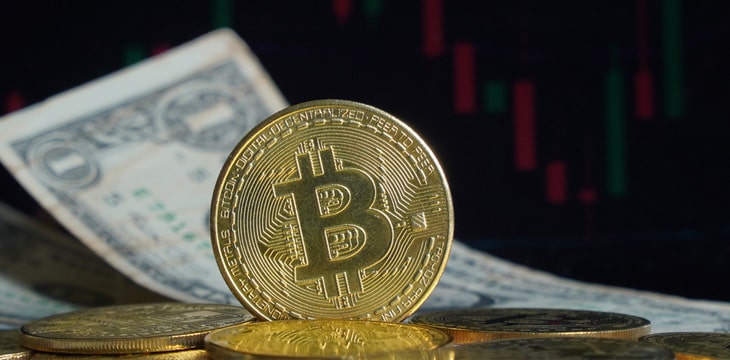|
Getting your Trinity Audio player ready...
|
This post originally appeared on ZeMing M. Gao’s website, and we republished with permission from the author. Read the full piece here.
Board of Governors of the Federal Reserve System (Board) has made a policy statement on banks issuing dollar-denominated tokens:
The Board generally believes that issuing tokens on open, public, and/or decentralized networks, or similar systems is highly likely to be inconsistent with safe and sound banking practices.
The Board believes such tokens raise concerns related to operational, cybersecurity, and run risks and may also present significant illicit finance risks because—depending on their design—such tokens could circulate continuously, quickly, pseudonymously, and indefinitely among parties unknown to the issuing bank. Importantly, the Board believes such risks are pronounced where the issuing bank does not have the capability to obtain and verify the identity of all transacting parties, including for those using unhosted wallets.
Policy Statement on Section 9(13) of the Federal Reserve Act
The Board’s concerns are legitimate, and its beliefs are well-grounded if judged by what the general condition of the digital asset industry is today.
However, what the Board doesn’t know is that an authorized entity can create a controlled ledger for its own purpose on an open, public, and decentralized network that has an implementation compatible with both the law enforcement and privacy.
Neither does the Board know that such a public blockchain already exists. It is the Bitcoin Blockchain (not BTC, which focuses on a speculative asset) being built according to the original Satoshi vision and design.
What the Board knows even less is that such a controlled ledger must not be built on a separate closed private centralized network but must be on an open, public decentralized network in order to ensure both security and scalability because everything will eventually converge and unite onto the same Network called the Internet.
It’s how the Internet already works today and is not hard to understand.
For example, secure banking is not built on a separate island but on top of a global public Internet, which is a universal network (rather than many separate networks) when measured by the networking protocol at the base TCP/IP layer.
The New Internet will work the same way.
The New Internet will integrate IPv6 w/ a qualified public blockchain at the base TCP/IP layer. See: The new Internet & blockchain.
The sooner the policymakers, businesses, and entrepreneurs come to understand this, the better.
Watch: Law & Order: Regulatory Compliance for Blockchain & Digital Assets

 12-11-2025
12-11-2025 





